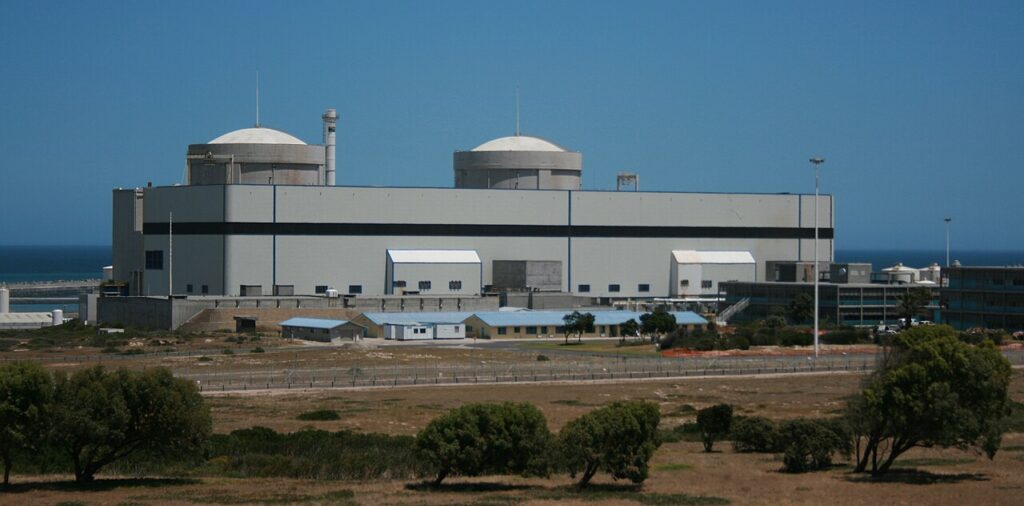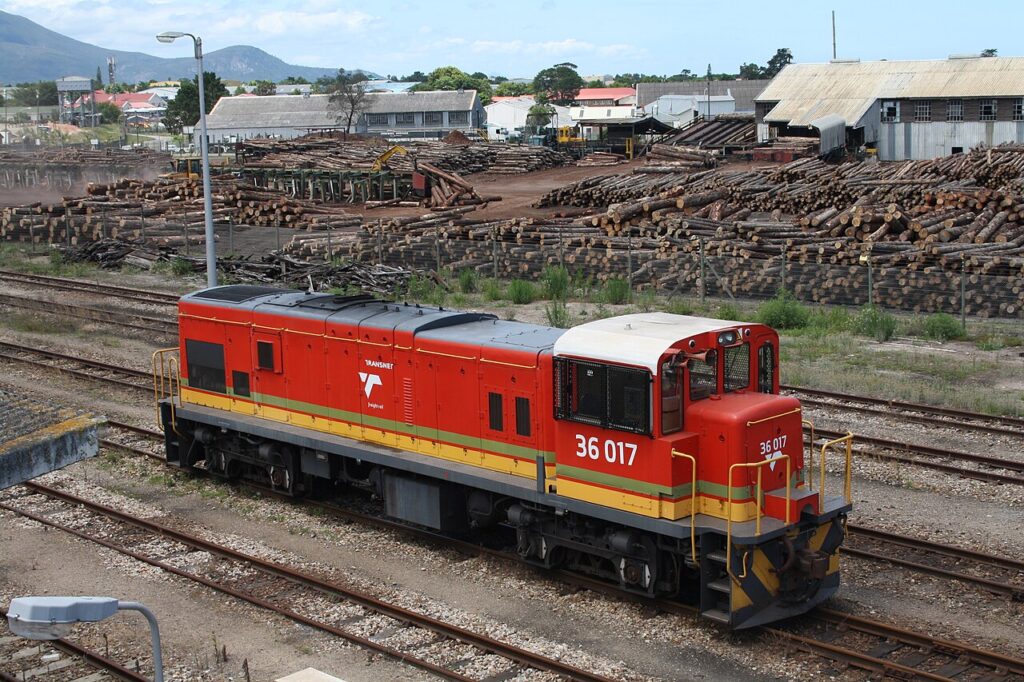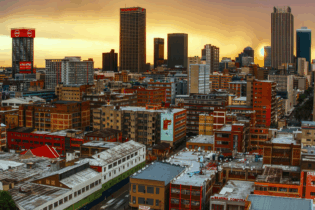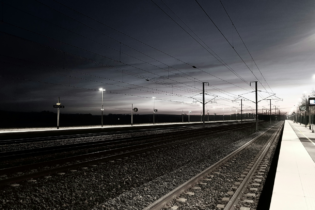South Africa has had a tough few years. Surviving state capture, infrastructure delays and setbacks, the rise of the construction mafia, South Africa’s ongoing water crisis, and loadshedding. These existential problems are set against a struggling economy, political confusion, and the threats of climate change.
Like all of us on New Year’s Day, South Africa deserves a “new year, new me” moment, and 2025 looks to be a good year for the country. The tail end of 2024 saw a mixed bag in terms of construction projects with the Provincial Construction Pipeline Model (PCPM) contracting by 12%, but there was area-specific growth in the North West (20.5%) and Northern Cape (17.9%). The public sector shows a 30% uptake in projects awarded while the private sector shows a 19% rise in approved projects. According to construction market experts, Industry Insight South Africa’s construction sector displays resilience amidst the shifting trends.2025: A year of focus
The Government of National Unity has marked infrastructure as the central area on which South Africa’s economic recovery will be built. Key water and transport projects are expected to be completed in 2025, bringing stability to two of South Africa’s most precarious sectors. According to the Infrastructure Book South Africa is investing R158.54 billion in the sector in 2025 which is expected to stimulate the economy, create jobs, and address the ailing state of service delivery.Energy
South Africa’s energy sector is in the midst of change. Persistent loadshedding saw its end in 2024, but the country must continue its Just Energy Transition as well as invest in its coal energy to secure the energy needs of South Africa. Eighteen key energy projects, valued at R38.32bn, including renewable energy advancements like the Upington Aries-Upington 400kV line and the Erica MTS + Phillipi-Erica 400kV line projects, slated for early procurement. The Komati Battery Energy Storage and Medupi Flue Gas Desulphurisation initiatives are also crucial in integrating cleaner, more reliable energy sources. These projects promise not only improved grid stability but also an estimated 144,000 job opportunities and R58.72bn in gross value added (GVA) to the economy. The suspension of load shedding has made the most tangible impact on the recovering economy so far, and with the return of Medupi (Unit 4), Kusile (Unit 6), and Koeberg (Unit 2) in the coming months Eskom hopes to end load shedding completely by March 2025.
As South Africa makes its energy transition key power stations like Koeberg become central to its stability.










